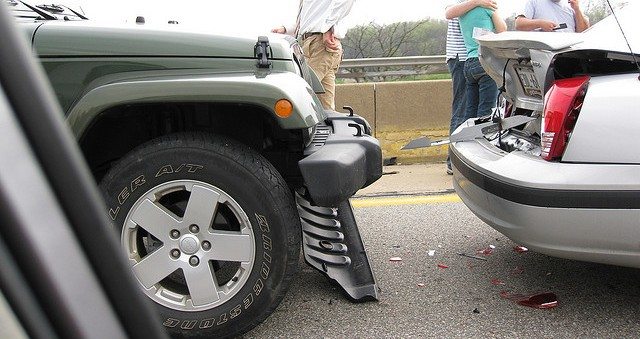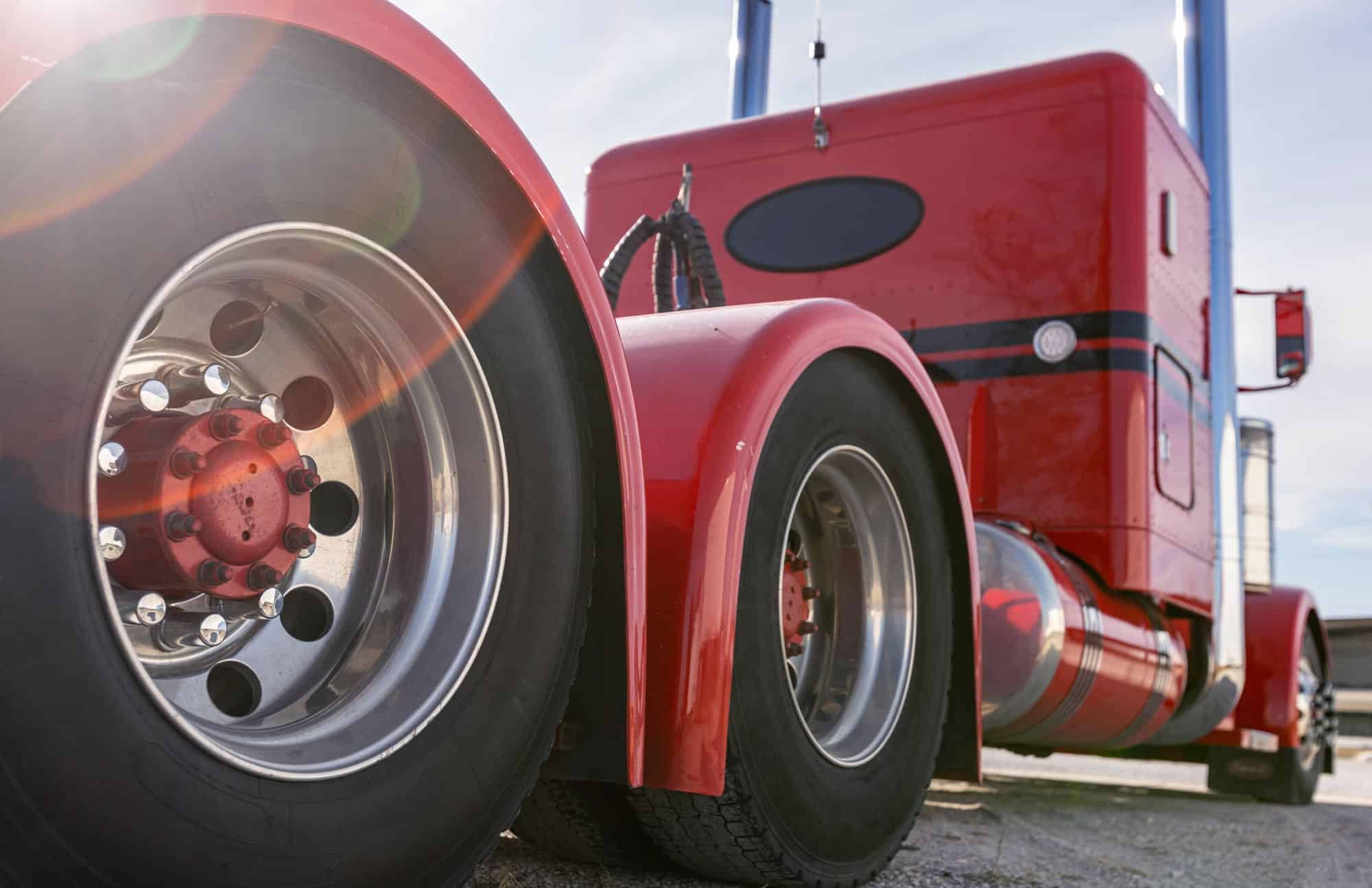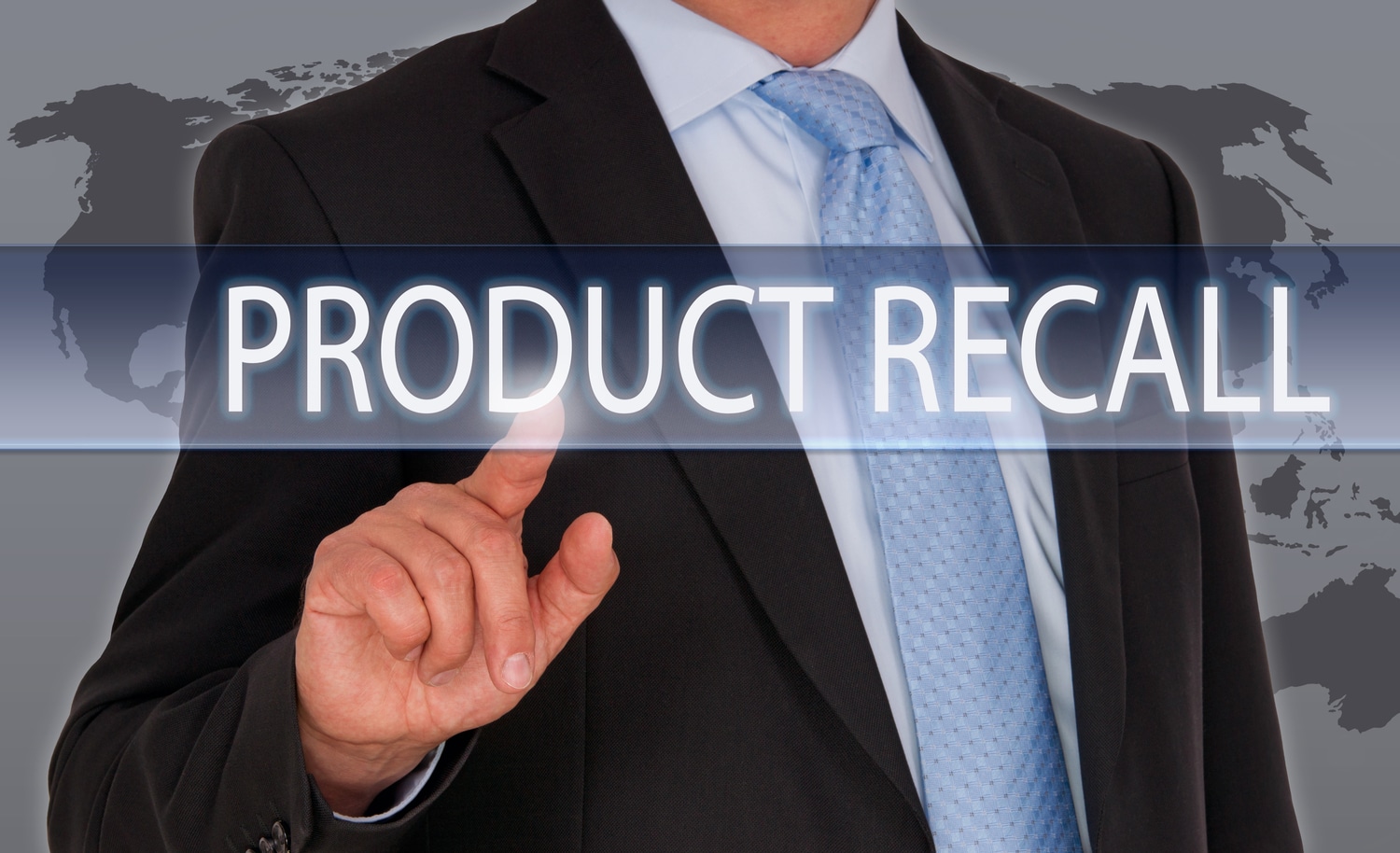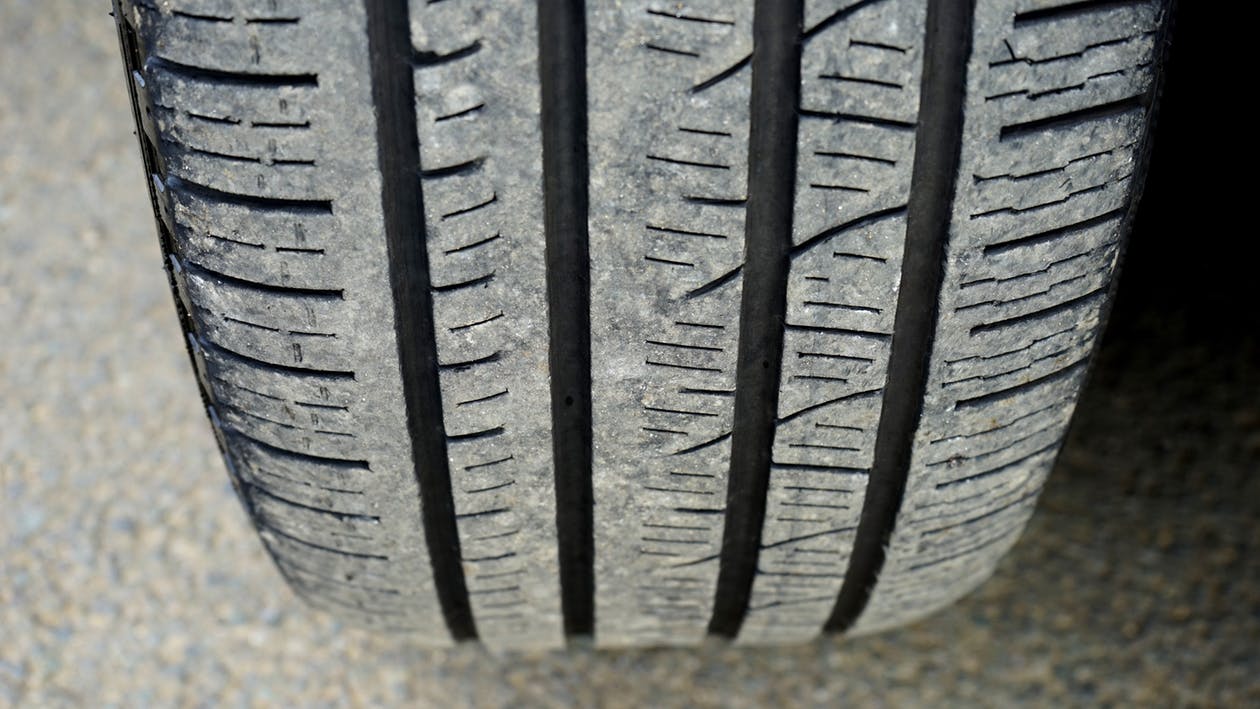Accidents can sometimes be avoided by simple car maintenance. For instance, preventing a tire blowout can prevent an accident. Before it’s too late, learn how to check for tire defects and keep your car rolling safely along.
Check Your Tire Pressure. The leading cause of tire failure is the combination of under-inflated tires and an overloaded vehicle. Make a regular practice of checking your tire pressure by using a calibrated tire gauge. Go by the tire pressure listed in your driver’s manual on your vehicle’s tire pressure information label (usually found somewhere on the driver’s door).
Check Your Tread. Check the tread and sidewalls of your tires at least once a month. Most tires have built-in wear bar indicators to determine when it’s time to replace your tires. Uneven tread wear could be a sign that your tires need to be rotated, or a sign of wheel misalignment. Either way, have your car serviced as soon as possible if you notice uneven tread wear.
Be Aware of Tire Recalls. If you sense that something is wrong with your tires after you’ve ruled out improper inflation or tread wear, check to see if there’s been a recall or investigation. Tire recalls are listed by the federal government at http://www.safercar.gov/.
Tire defects not caused by wear, age, or improper inflation usually arise during the manufacturing process, which makes the manufacturer liable for accidents arising from tire failure. Design defects may be the problem if the tire design does not correspond to the motor vehicle design. For example, the weight limits for some tires are completely inadequate for some larger vehicles. Poor labeling and faulty installation, which fall under product liability laws, can also lead to accidents.









